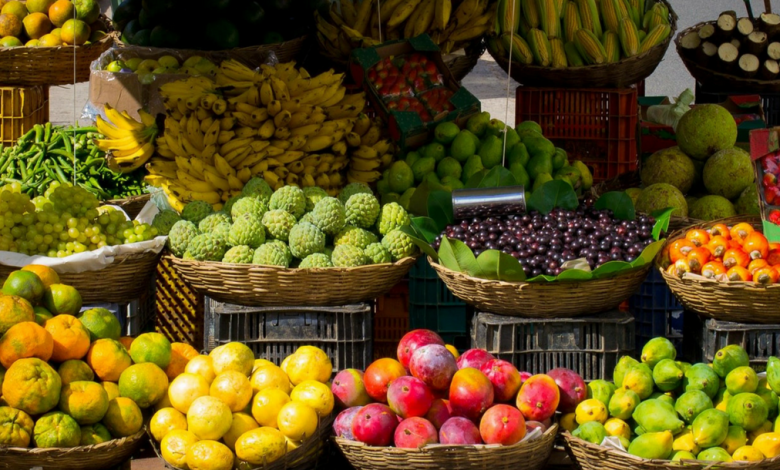How Inflation Works

Kenya’s inflation slowed down significantly in the first half of the year with the latest figures showing a 4.6% rise in June, down from 5% the month before. Despite this, for consumers, the prices of essential goods and services are still soaring.
So what does lower inflation really mean?
Simply, inflation is a measure of how fast prices of essential goods and services are rising. It is how fast your money is losing its purchasing power, meaning lower inflation is largely good for your wallet. Since money is at the centre of this, the Central Bank of Kenya controls money supply in the economy by adjusting interest rates to keep the economy running.
How Inflation is MeasuredThe annual headline inflation is measured by the Consumer Price Index (CPI). The CPI tracks the average change of prices over time and includes a basket of goods and services that people commonly spend on such as food, housing, transportation and medical care.
While the contents of the CPI basket are fixed at a certain point in time, the overall price of the basket changes as the prices of the individual commodities within it fluctuate. Notably, the inflation fluctuations can be more severe depending on what you are buying. The highest recorded inflation rate in Kenya was 31.5% in May 2008.
What does easing inflation mean for consumersInflation is a sustained increase in the price level of goods and services. Price levels in this case means the price of the basket of goods and services. In simpler terms, it tends to record the rate at which prices increase and gives an idea of the cost of living in a country.
With a slowdown in inflation, prices are still going up, just not as quickly as before.
Prices only decline when inflation is negative. For instance, prices of goods and services rose 4.6% in the past 12 months to June 2024, compared to 7.9% in the 12 months to June 2023.
Essentially, if “the basket” cost KSh 1000 in June 2023, it will now cost 4.6% higher. Historically, prices rise more easily than they fall. The periodic easing is mainly as a result of reduced consumer spending, lowering demand and forcing price cuts.
The Central Bank of Kenya aims to keep overall inflation in the 2.5%-7.5% range with a 5% midpoint target. It does this by either tightening or easing the interest rates according to the prevailing conditions.
Higher interest rates make borrowing expensive, therefore reducing consumer spending. This translates to lower demand, hence a slowdown in price increases.
Notably, inflation becomes a headache when the cost of living rises faster than income levels. In this case, households struggle to maintain their standard way of life.
ADVERTISEMENT



